The story of The Scotsman Steps
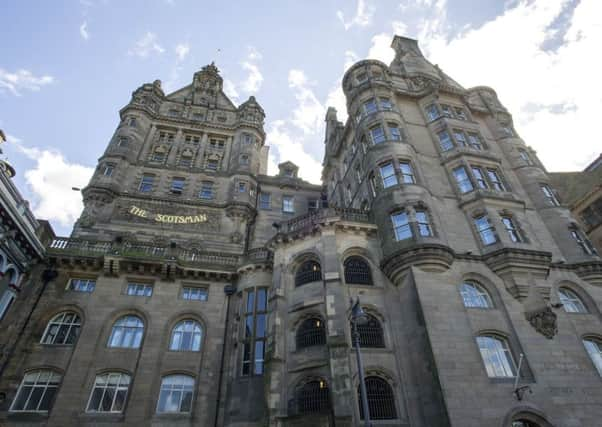

They are absolutely essential in negotiating many of the Capital’s historic closes, its steep peaks and deep troughs.
One stairway - notable for its association with this very newspaper - has attracted more attention than most: the Scotsman Steps.
Advertisement
Hide AdAdvertisement
Hide AdThey have served as a connecting thread between North Bridge and Waverley Station since 1899.
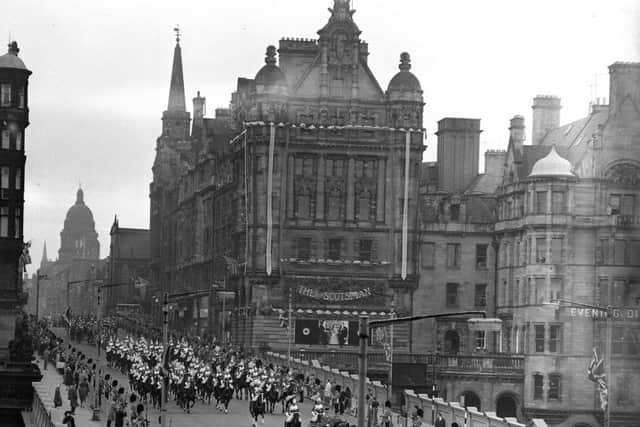

The architectural plans for the Scotsman building - now a luxury hotel, included a tall and visually striking octagonal tower containing no less than 104 steps.
Large open windows with wrought iron flourishes allowed plenty of light to flood the spacious interior. The pearl-coloured bricks that lined the inside walls gave a fresh and clean appearance.
They were for public good, a grand and generous gesture paid for by private money.
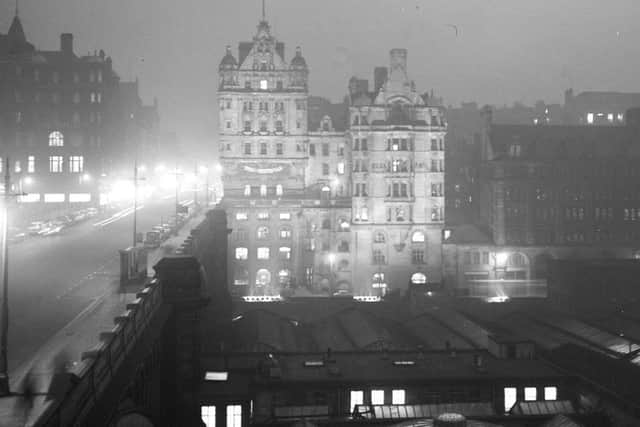

Advertisement
Hide AdAdvertisement
Hide AdThousands traversed them daily during the 20th century. Art exhibitions were even hosted there in the fifties and sixties.
But as the millennium approached the steps were in a sorry state.
For decades they had been plagued by vandalism and antisocial behaviour.
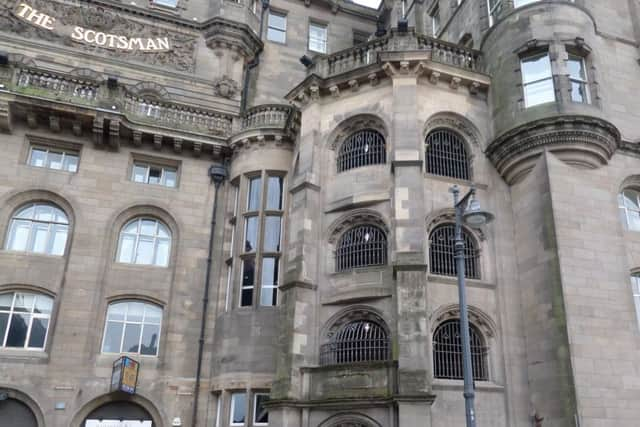

Edinburghers knew to hold their noses as they entered the steps in order to combat the overpowering stench of urine. They were disparagingly referred to as the ‘pishy steps’.
Advertisement
Hide AdAdvertisement
Hide AdJournalists from The Scotsman and Evening News still recall the acrid aroma of disinfectant and wee that often seeped into the building.
All that changed in 2011 when a new art project gave the Scotsman Steps a brand new lease of life.
Dubbed Work No.1059, the project was commissioned by the Fruitmarket Gallery on Market Street and made possible thanks to a bumper £250,000 grant jointly funded by City of Edinburgh Council and Edinburgh World Heritage.
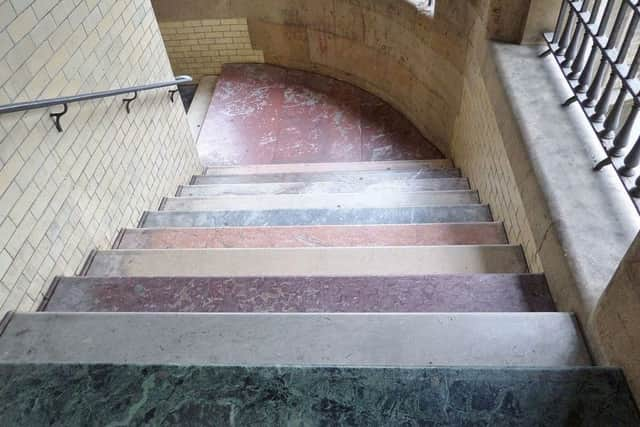

Turner Prize-winning artist Martin Creed conducted a major overhaul of the Category A listed convenience.
Advertisement
Hide AdAdvertisement
Hide AdEach step is now clad in a different colour of marble. The major marble quarries of the world, from Italy to India, from Belgium to Brazil, are all represented here.
Speaking at the time, Martin told The Scotsman: “Whatever I did had to be functional.
“But I also wanted it to be beautiful. In the past it was used as a toilet, and in fact marble is used in toilets a lot.” He laughed. “So I thought I’d try and make a beautiful toilet.
“I like that each colour of marble represents all the colours and peoples of the world,” he says of his Work No. 1059.
Advertisement
Hide AdAdvertisement
Hide Ad“And I’ve always liked steps. When you go up them you feel like you’ve got somewhere. I like steps for the same reason that people like mountains”
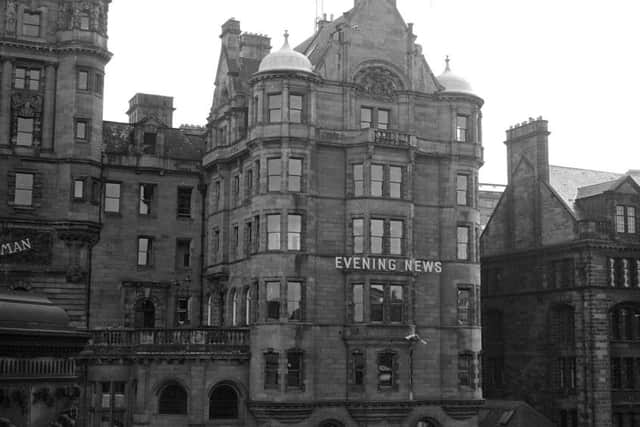

Adam Wilkinson, Director of Edinburgh World Heritage was full of praise for the project.
“The City can now be truly proud of the Scotsman Steps, which are now worth seeing in their own right, as well as being a handy short-cut through the city.
“The project has brought together the flair of artist Martin Creed and the traditional skills of stone masons, in the process transforming the steps and adding a bit of good old-fashioned delight and discovery.
Advertisement
Hide AdAdvertisement
Hide Ad“Steps such as these, and the narrow closes of the Old Town , need careful treatment to make them safe and attractive for residents and visitors.”
They’ve been with us for quite some time, but the Scotsman Steps have seldom looked - or smelled - better.
Just be mindful when it rains - the iconic staircase tends to get quite slippery.
